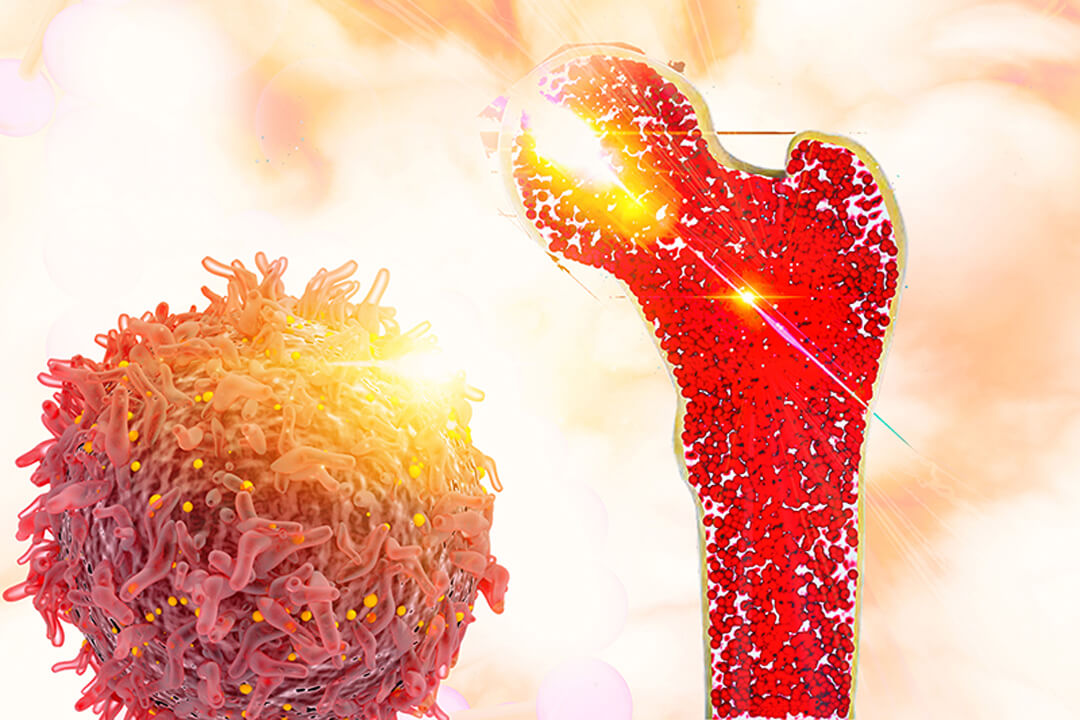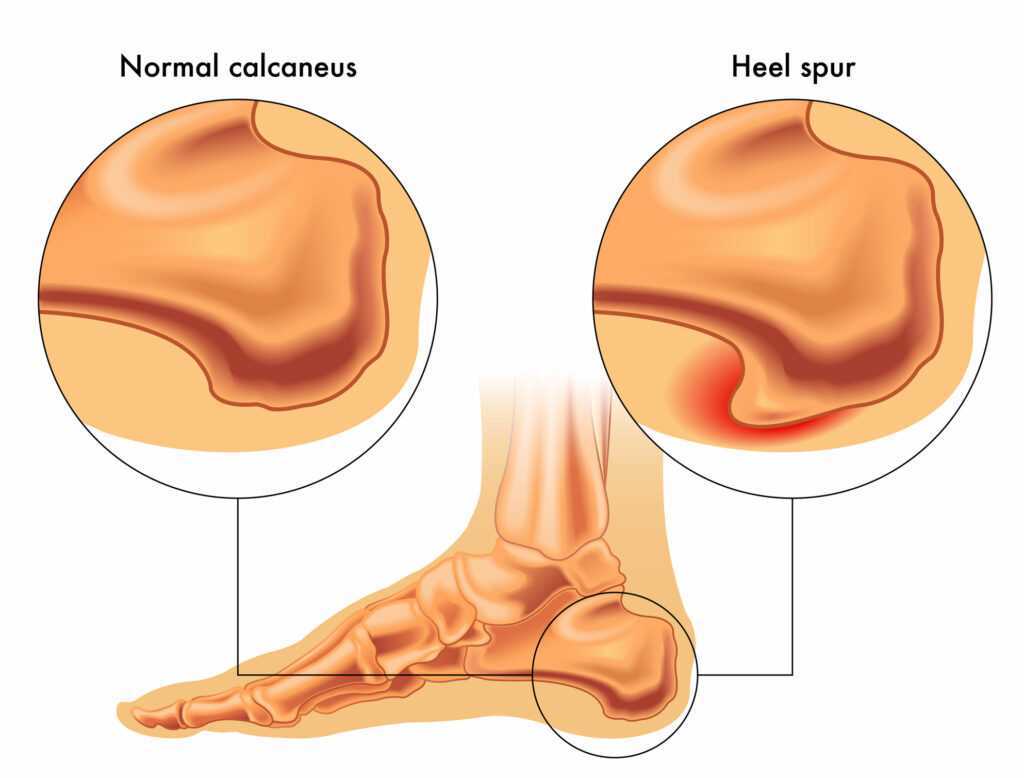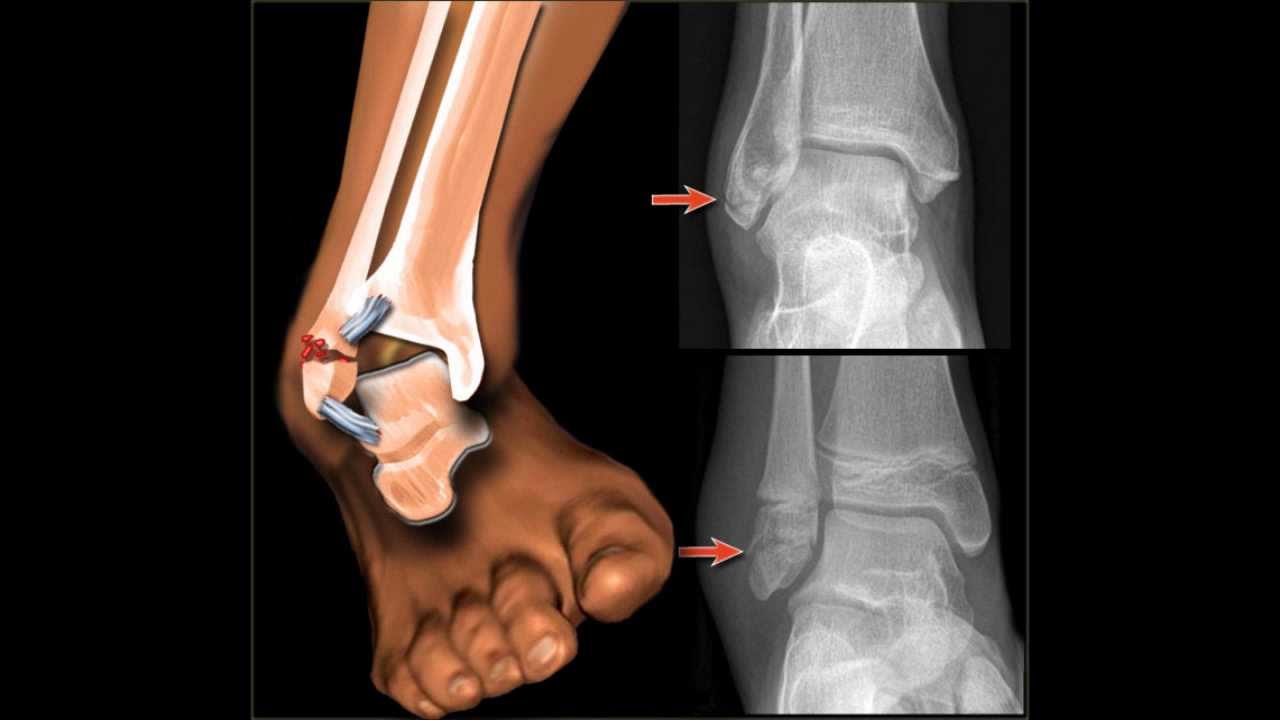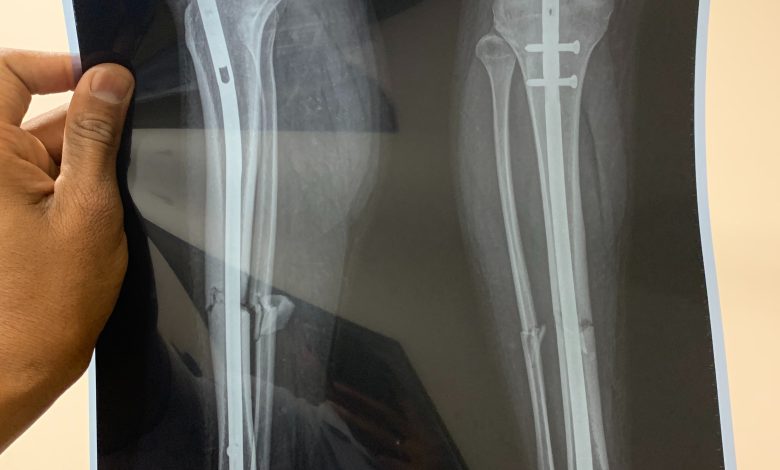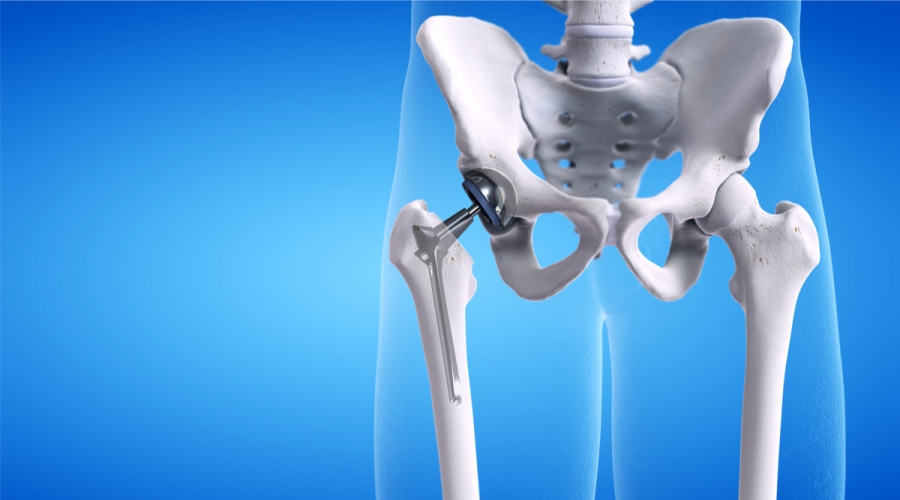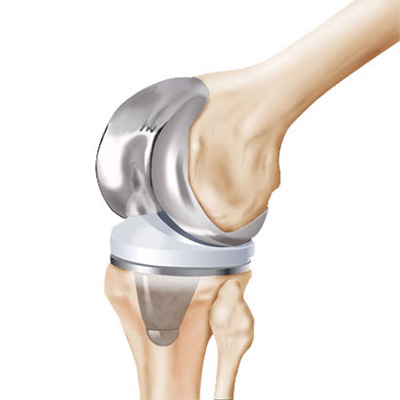What You Don’t Know About Fibromyalgia and Can Fibromyalgia Patients Be Cured?
What Is Fibromyalgia?
Many people around the world suffer from a painful condition known as “fibromyalgia,” a chronic condition that is difficult to diagnose and treat. In this article, we will provide an overview of fibromyalgia, its key aspects, and its impact on the lives of those who suffer from it.
Definition: “Fibromyalgia” is a medical condition that results in constant and widespread pain in the muscles and connective tissues throughout the body. This pain is typically accompanied by other symptoms such as constant fatigue, sleep disturbances, numbness in the hands and feet, headaches, and muscle stiffness.
Causes: There are no specific known causes for the development of “fibromyalgia,” but several factors can play a role in increasing the likelihood of its occurrence. Some of these factors include chronic mental and emotional stress, previous physical injuries, genetic factors, and hormonal changes.
Diagnosis: Diagnosing “fibromyalgia” is challenging because there are no laboratory tests or medical images that can confirm the condition. Diagnosis relies on the patient’s description of their symptoms and the exclusion of other similar conditions. An accurate diagnosis may require a thorough medical evaluation and a visit to a rheumatologist.
Treatment: Currently, there is no cure for complete recovery from “fibromyalgia.” However, doctors and experts can help manage the symptoms and improve the quality of life for patients. Typically, the following treatments are prescribed: pain-relieving medications, cognitive-behavioral therapy, physical therapy and exercises, and self-management strategies for stress and tension.
Psychological Support: In addition to medical treatment, psychological support is an essential part of addressing “fibromyalgia.” Patients face moral and emotional challenges and may experience a sense of helplessness and depression. Therefore, emotional support and attentive listening from friends, family, and doctors are important.
In conclusion, individuals experiencing symptoms similar to “fibromyalgia” should seek appropriate medical help. Although “fibromyalgia” is not well-understood, directing the necessary treatment and care can significantly alleviate its negative impact on the lives of those affected.
How Do You Know If You Have Fibromyalgia?
Fibromyalgia is a chronic and enigmatic health condition that poses a challenge for accurate diagnosis. If you are experiencing persistent and unexplained pain and fatigue, you may have this condition. Here are some signs that may indicate the possibility of having fibromyalgia:
- Widespread Pain: Fibromyalgia patients experience continuous pain throughout their bodies, often attributed to muscle tension and stiffness. The pain can vary in different areas of the body and may improve at times while worsening at others.
- Severe Fatigue: Individuals with fibromyalgia suffer from extreme fatigue and energy depletion, even in the absence of strenuous physical activity. Fatigue is constant and not easily alleviated, affecting daily performance and social life.
- Sleep Disturbances: Most fibromyalgia patients have difficulty falling and staying asleep. Sleep patterns are irregular, with other symptoms such as frequent nighttime awakenings and morning tiredness.
- Emotional Disorders: Many fibromyalgia patients experience depression, anxiety, and stress. Emotional disturbances can exacerbate due to chronic pain and disrupted sleep.
- Other Physical Symptoms: A fibromyalgia diagnosis may include various other symptoms such as headaches, dizziness, nausea, and muscle spasms.
However, it’s important to note that these symptoms may overlap with those of many other health conditions. Therefore, consulting your specialist is crucial for an accurate diagnosis and to rule out any other medical condition.
Share this article with a friend who may be experiencing similar symptoms and encourage them to visit a healthcare professional for proper diagnosis and care.
How to Recover from Fibromyalgia?
Fibromyalgia is a chronic disorder characterized by muscle pain, severe fatigue, and depression. While there is no direct cure for fibromyalgia, there are many medical and natural methods that can help manage symptoms and improve quality of life. In this list, we will discuss some common approaches that can help you recover from fibromyalgia.
- Physical Therapy: Physical therapy is one of the most effective treatment methods for alleviating fibromyalgia’s muscular pain. Physical therapy includes gentle techniques such as deep tissue massage, targeted physical exercises, muscle warming, and relaxation exercises to relieve pain and improve movement and functional ability.
- Medications: There is a variety of medications available to treat fibromyalgia symptoms such as chronic pain, fatigue, depression, and sleep disturbances. While medications do not cure the disorder itself, they can contribute to symptom relief and increased comfort.
- Heat Therapy: Heat therapy is a favored method for alleviating the chronic pain associated with fibromyalgia. Heat enhances the body’s natural healing process, helps dilate blood vessels, reduces muscle spasms, and improves tissue circulation.
- Natural Remedies: Many individuals with fibromyalgia find relief through natural remedies like herbal supplements, dietary changes, acupuncture, and stress reduction techniques. These approaches aim to address underlying factors contributing to symptoms.
- Psychological Support: Managing the emotional impact of fibromyalgia is crucial. Many patients face emotional challenges and may experience feelings of helplessness and depression. Therefore, emotional support and active listening from friends, family, and doctors are essential.
In conclusion, fibromyalgia is a chronic condition that can be challenging to manage, but with the right care and a comprehensive approach, individuals can improve their quality of life and experience relief from their symptoms.
Psychological Therapy Psychological therapy is an important complement to fibromyalgia treatment. A mental health counselor or behavioral therapist can help promote mental and emotional balance, develop pain control strategies, and manage psychological stress.
Proper Nutrition Proper nutrition plays a crucial role in managing fibromyalgia and improving overall body condition. It is recommended to consume foods rich in vitamins, minerals, and essential fatty acids, such as vegetables, fruits, fatty fish, and nuts, while avoiding inflammatory substances like sugar and saturated fats in processed foods.
Stress Management and Relaxation Stress management and relaxation can greatly contribute to improving overall well-being and reducing symptoms. Relaxation techniques, meditation, and deep breathing can be used to control stress, calm the mind, and relax the body.
In summary, although there is no direct cure for fibromyalgia, the mentioned methods can help manage symptoms and improve the quality of life for affected individuals. It is advisable to consult a doctor to develop a suitable treatment plan based on individual needs.
How Long Does Fibromyalgia Last?
What is the duration of fibromyalgia? Can pain disappear on its own? What factors affect the length of the condition? In this article, we will explore the duration of fibromyalgia and what you can expect.
Duration of Pain: The pain associated with fibromyalgia is often described as mild and lasts for at least three months. To be considered widespread, the pain should occur in different areas of the body, such as both sides and above and below the waist.
Chronic Symptoms: The pain associated with fibromyalgia tends to be chronic, but it may subside on its own if the accompanying stress decreases. However, many patients continue to experience certain symptoms to varying degrees even with appropriate treatment.
Necessary Testing: There is no specific test to diagnose fibromyalgia, but doctors rely on a comprehensive examination to ensure that there are no other diseases causing similar symptoms. It is also important to assess physical and psychological symptoms to determine the correct treatment plan.
Disease Treatment: Treatment plans depend on the symptoms, their severity, and the impact of the disease on the patient’s quality of life. Treatment may include lifestyle modifications, cognitive-behavioral therapy (CBT), and medication for pain relief in some cases.
Improvement and Management: There is no definitive cure for fibromyalgia, but there are ways to improve symptoms and manage the condition. It is important to maintain a healthy lifestyle, including appropriate exercise and dietary balance. Psychological support and professional guidance can also be helpful in maintaining quality of life.
Ongoing Medical Consultation: You should maintain regular contact with your healthcare team to assess your symptoms and adjust the treatment plan as needed. It is important to report any changes in symptoms or how the disease affects your daily life.
In conclusion, the duration of fibromyalgia varies from person to person. Some individuals may experience improvement and symptom relief over time, while others may continue to suffer from chronic symptoms. It is crucial to work with a professional medical team to manage the condition and work on improving quality of life.
Can Fibromyalgia Be Cured?
Fibromyalgia is a chronic condition characterized by continuous body pain, and patients often experience severe pain and susceptibility to depression. There is a common question among patients with this condition: “Can fibromyalgia be cured?” The answer to this question depends on several factors.
Here are some important facts about fibromyalgia and the possibility of a cure:
Nature of the Disease: Fibromyalgia is considered chronic and not completely curable. This means that it is impossible for patients to completely eliminate pain and symptoms. However, patients can control their symptoms and lead productive and happy lives by following the recommendations of doctors and discovering appropriate pain relief tools.
Medical Care: There are various treatments available for fibromyalgia patients, including taking medication for pain relief and calming depression, engaging in suitable physical exercises, psychological therapy, and breathing training, as well as physical therapy. Patients should consult specialized doctors to determine the best treatment plan for them.
Lifestyle: Lifestyle can have a significant impact on the severity and frequency of symptoms experienced by fibromyalgia patients. It is important to avoid excessive physical and psychological stress, reduce stress and anxiety, and pay attention to sleep quality and getting enough rest.
Social Support: Social support can be one of the best factors to help improve the condition of fibromyalgia patients. It is beneficial to receive support from friends, family, and join patient support groups that understand the challenges of the disease and provide advice and empathy.
Maintaining a Healthy Lifestyle: Patients should pay great attention to maintaining a healthy and balanced lifestyle. This includes consuming healthy food, engaging in appropriate physical exercises, and eliminating harmful habits such as smoking and alcohol consumption.
Regular Medical Consultation: Patients are advised to schedule regular appointments with specialized doctors to monitor their condition and adjust their response to treatments as needed.
While it is impossible to say with certainty whether a fibromyalgia patient will recover from the disease, there is great hope for improving their quality of life and managing daily symptoms through appropriate medical care and attention to a healthy lifestyle.
Does Fibromyalgia Progress?
Does fibromyalgia progress? Here are the important facts:
Fibromyalgia is a chronic condition in which there is no progression in the sense of deteriorating health over time. However, fibromyalgia can cause some bothersome and chronic symptoms, including pain, fatigue, and insomnia. Fibromyalgia is diagnosed when a person experiences continuous and widespread pain in different parts of the body for at least three months, with the pain appearing in 11 out of 18 defined tender points on the body.
Some other diseases that may resemble the symptoms of fibromyalgia, such as thyroid disorders, lupus, rheumatoid arthritis, and other inflammations, should be excluded through laboratory tests.
Diagnosing fibromyalgia accurately can be challenging due to the widespread and similar nature of its symptoms. Patients may need complex and repeated evaluations before confirming the diagnosis.
There is no definitive cure for fibromyalgia, but symptoms can be controlled and alleviated through the use of pain-relieving medications and lifestyle adjustments, including light exercise, stress reduction, and getting an adequate amount of rest.
Psychological and social support is also an important part of how patients deal with fibromyalgia. A rheumatologist can guide the patient in improving psychological well-being and provide necessary support.
Patients should regularly follow up with their rheumatologist to assess and monitor their condition and effectively manage current symptoms.
Before self-diagnosing with fibromyalgia or any other medical condition, it is essential to consult a specialized physician to evaluate your condition accurately and ensure that you receive the necessary treatment.
Is Numbness a Symptom of Fibromyalgia?
Fibromyalgia is a chronic health condition characterized by muscle pain, severe fatigue, sleep disturbances, and nervous tension. While the most common symptoms of this condition are pain and fatigue, numbness can also be among the symptoms that some patients experience. So, is numbness indeed a symptom of fibromyalgia?
To answer this question, we need to consider what experts and research say about this issue. While numbness is not among the primary symptoms of fibromyalgia, it may occur in some cases.
According to experts, numbness can result from various factors ranging from nerve disorders to blood circulation difficulties. Some patients may experience numbness in their hands and legs or tingling in their extremities. This numbness may be mild and temporary or continuous and persistent.
Although numbness may cause some discomfort, it is not considered a specific symptom of fibromyalgia. Most people who experience numbness in their hands and legs do not have this condition. It is just one of the symptoms that can result from several different causes.
Since numbness is not among the core symptoms of fibromyalgia, individuals who suffer from severe and persistent numbness in their hands and legs should consult a specialized physician. This type of numbness may indicate another underlying health problem that requires diagnosis and treatment.
In conclusion, it is essential to pay attention to any unusual symptoms an individual may experience and seek guidance from a specialized physician to determine the real cause and receive necessary care, no matter what the symptoms are.
Is Trembling a Symptom of Fibromyalgia?
Many people with fibromyalgia experience various symptoms, and among these symptoms, trembling may be one of them. In this article, we will provide some important information about the relationship between trembling and fibromyalgia.
- The Impact of Fibromyalgia on the Nervous System: Fibromyalgia is a chronic condition that causes severe muscle, ligament, and joint pain. This condition affects the nervous system and may lead to alterations in nerve conduction.
- Trembling as a Symptom of Fibromyalgia: Trembling may be one of the symptoms experienced by individuals with fibromyalgia. Patients may feel trembling that moves through different parts of the body, and trembling may increase with stress or tension.
- Other Factors Contributing to Trembling: There may be other factors contributing to trembling in fibromyalgia patients. Anxiety and psychological stress can increase the frequency and severity of trembling. Fatigue and sleep disturbances may also lead to increased trembling.
- The Importance of Consulting a Physician: Always remember that if you experience trembling and suspect you have fibromyalgia, it is advisable to visit a physician for an accurate diagnosis and to determine the necessary treatment. Treatment for fibromyalgia may include pain-relieving medications and alternative therapies such as psychological treatment and exercise.
Trembling may be one of the accompanying symptoms of fibromyalgia, but it’s essential to know that it can also result from other factors. Therefore, consulting a specialized physician is recommended for an accurate diagnosis and determining the appropriate treatment.
What Should a Fibromyalgia Patient Eat?
List of Suitable Foods for Fibromyalgia Patients
Fibromyalgia is a challenging condition to identify directly, which leads doctors to advise patients to follow a healthy diet. Some foods can help alleviate the pain of the disease at times, and there is also a list of prohibited foods. Here is what a fibromyalgia patient should eat:
Carbohydrates: Carbohydrates are one of the essential components of a fibromyalgia patient’s diet. It is preferable that the percentage of carbohydrates in the diet ranges from 50 to 30% of the calories consumed by the patient. It is recommended to consume oat-based bread, as well as rice biscuits and oat flour.
Protein: Protein is also a prominent part of a fibromyalgia patient’s diet. It is advisable to consume healthy protein sources such as white meats (chicken and turkey), fish, nuts, and seeds (almonds, cashews, quinoa). Protein plays an important role in promoting muscle and joint tissue health for fibromyalgia patients.
Fruits and Vegetables: Fruits and vegetables contain numerous antioxidants, vitamins, and minerals that contribute to strengthening the immune system and improving overall health. It is recommended to consume foods rich in color, such as strawberries, blueberries, papaya, oranges, red peppers, spinach, and broccoli. These can be consumed as meal supplements or used in salad preparations.
Water: Drinking water is essential for overall health. Fibromyalgia patients should drink an adequate amount of water to help alleviate symptoms. It is advised to drink 8-10 cups of water daily and avoid carbonated beverages and caffeine.
Forbidden Foods: Fibromyalgia patients should avoid certain foods that may exacerbate symptoms and irritate the digestive system. These foods include pasta made from wheat, white flour, sweets, and processed breakfast cereals. It is better to replace them with healthier options like vegetable-based starch and sucrose instead of white sugar.
If you have fibromyalgia, following a healthy diet can help alleviate symptoms and promote overall health. If you suffer from this condition, do not hesitate to consult a nutrition specialist to design a suitable diet plan based on your individual health condition.
Does Fibromyalgia Affect the Heart? Fibromyalgia and Heart Diseases: There is a direct relationship between fibromyalgia and heart diseases. Studies have shown that fibromyalgia is associated with the occurrence of several heart-related conditions, such as irregular heartbeats and others. This relationship means that women with fibromyalgia may have a higher risk of heart problems.
Heart Symptoms Associated with Fibromyalgia: Fibromyalgia patients often experience some heart-related symptoms, such as chest pain and heartburn. Patients may also feel fatigue and shortness of breath, and they may notice an increase in heart rate.
The Effect of Fibromyalgia on Heart Function: According to a study published in the Alexandria Journal of Medicine, fibromyalgia affects the functioning of the heart’s systems. It can cause inflammation in blood vessels and muscle stiffness, affecting the overall heart function.
Possible Complications: Although fibromyalgia does not progress into a heart disease, it may cause some bothersome symptoms and potential complications. Patients may suffer from increased pain and a change in their quality of life. Some individuals may face an increased likelihood of developing rheumatic conditions.
Diagnosis and Treatment: To diagnose fibromyalgia, it is essential to consult a doctor and undergo a comprehensive examination to rule out other heart conditions. Magnetic resonance imaging and other tests may be used to confirm the diagnosis. As for the treatment of fibromyalgia, it focuses on symptom relief and improving the quality of life. Treatment may include the use of pain-relieving medications and cognitive-behavioral therapy.

